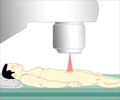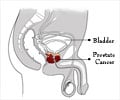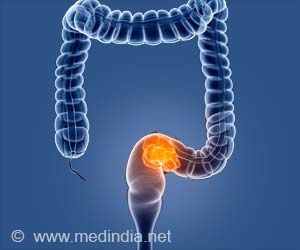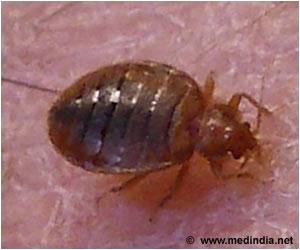Surgical removal of the prostate is associated with a reduction in the rate of death from prostate cancer according to a new study

Radical-prostatectomy refers to surgical removal of the prostate. A recent study compared radical-prostatectomy with watchful waiting, i.e. close observation of changing symptoms and disease progression rather than initiating treatments all of a sudden. The study group was divided into two, one receiving surgery and the other being observed (watchful waiting). A total of 347 men were assigned to the radical-prostatectomy group, and 348 to the watchful-waiting group. ‘There continues to be a significant reduction in the rate of death from any cause, the rate of death from prostate cancer, and the risk of metastases in the radical-prostatectomy group as compared with the watchful-waiting group’, quote the authors. The results were published in the New England Journal of Medicine, a leading medical journal.
The benefit was obvious among men younger than 65 years of age. Whether the benefit extends to older men is still unclear. The benefit of radical prostatectomy continued to be seen beyond 9 years. In some men, the tumor grows further, thus developing ‘extracapsular tumor growth’. Such men were found to benefit from adjuvant, local or systemic treatment.
The current study that favors surgical resection of prostate is not conclusive though relevant. The observations are sharp, but further scrutiny is required.
Source: Anna Bill-Axelson, M.D., Ph.D., Lars Holmberg, M.D., Ph.D., Mirja Ruutu, M.D., Ph.D., Hans Garmo, Ph.D., Jennifer R. Stark, Sc.D., Christer Busch, M.D., Ph.D., Stig Nordling, M.D., Ph.D., Michael Häggman, M.D., Ph.D., Swen-Olof Andersson, M.D., Ph.D., Stefan Bratell, M.D., Ph.D., Anders Spångberg, M.D., Ph.D., Juni Palmgren, Ph.D., Gunnar Steineck, M.D., Ph.D., Hans-Olov Adami, M.D., Ph.D., and Jan-Erik Johansson, M.D., Ph.D. for the SPCG-4 Investigators;N Engl J Med 2011; 364:1708-1717.
Source-Medindia








![Prostate Specific Antigen [PSA] Prostate Specific Antigen [PSA]](https://www.medindia.net/images/common/patientinfo/120_100/prostate-specific-antigen.jpg)






